
© Nikola Solic / ReutersA Neanderthal skull on display at Krapina, Croatia.
The very
first Neanderthal to be described in the scientific literature, back in 1856, had an old elbow injury-a fracture that had since healed, but had deformed the bone in the process. Such injuries turned out to be incredibly common. Almost every reasonably complete Neanderthal skeleton that was found during the subsequent century had at least one sign of physical trauma. Some researchers attributed these lesions to fights, others to attacks by predators. But whatever the precise reason, scientists collectively inferred that Neanderthals must have lived short, stressful, and harsh lives.
In 1995, the anthropologists
Thomas Berger and
Erik Trinkaus cemented that impression by
showing that Neanderthal injuries were concentrated around the head and neck. Of 17 skeletons, around 30 percent had signs of cranial trauma-a far higher proportion than in either prehistoric hunter-gatherers or 20th century humans. Only one group showed a similar pattern of fractures-rodeo riders.
"This is not meant to imply that Neanderthals would have met the behavioral qualifications for membership in the Professional Rodeo Cowboys Association," wrote Berger and Trinkaus. Rather, it suggests that they hunted large beasts like mammoths, using spears that were more suitable for thrusting than throwing. They engaged their prey at close range, and had to cling on to wounded, thrashing targets. "Given the tendency of ungulates to react strongly to being impaled, the frequency of head and neck injuries... in the Neanderthals should not be surprising," the duo wrote.



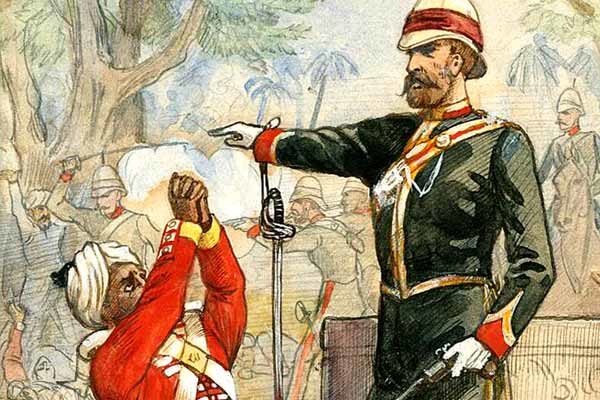
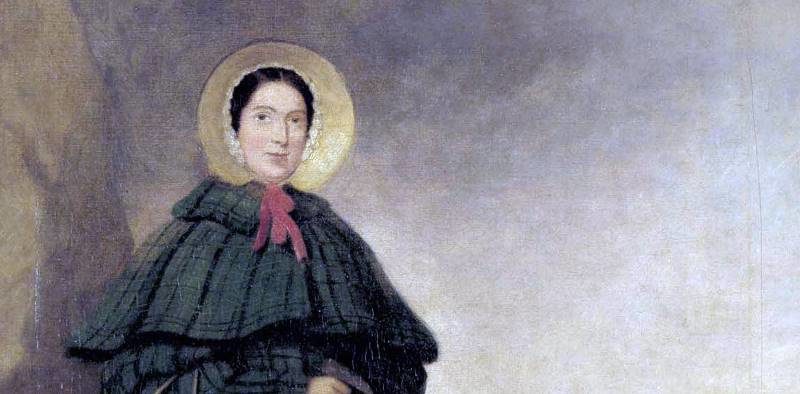
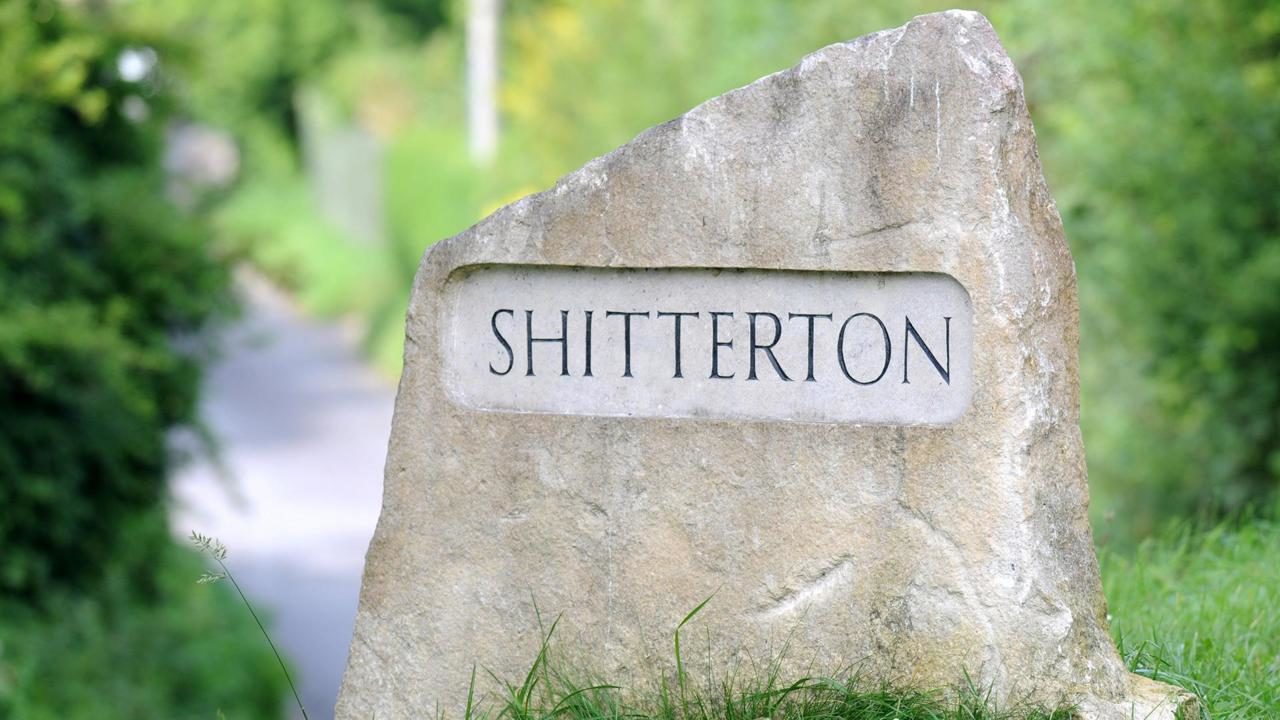

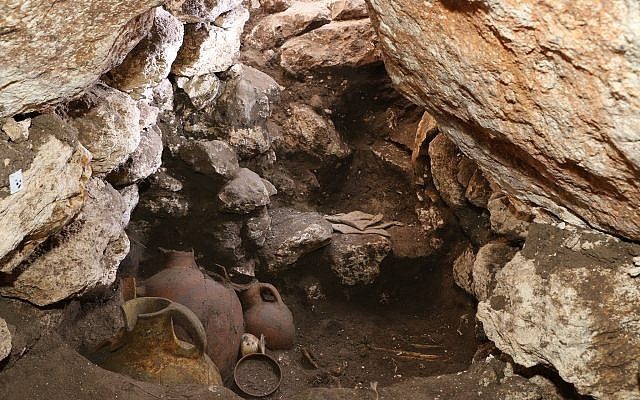
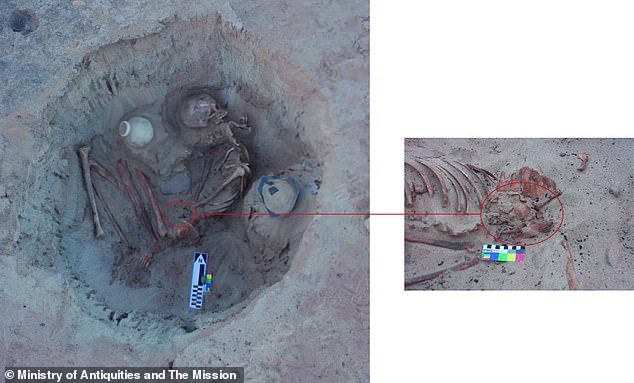
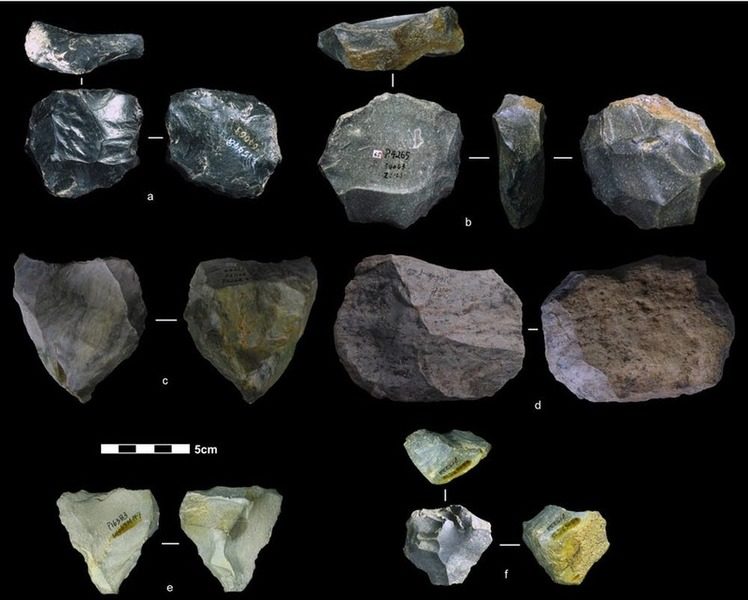



Comment: Less likely Israel did humanitarian aid out of the goodness of its heart than seeking leverage to counter Iranian influence through the rebel faction and improve its public persona.